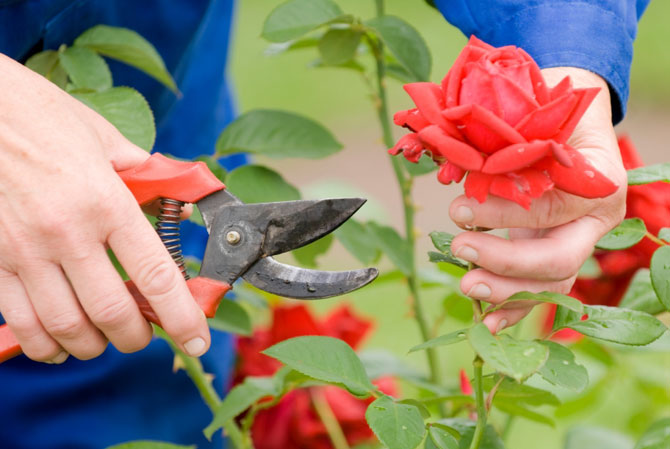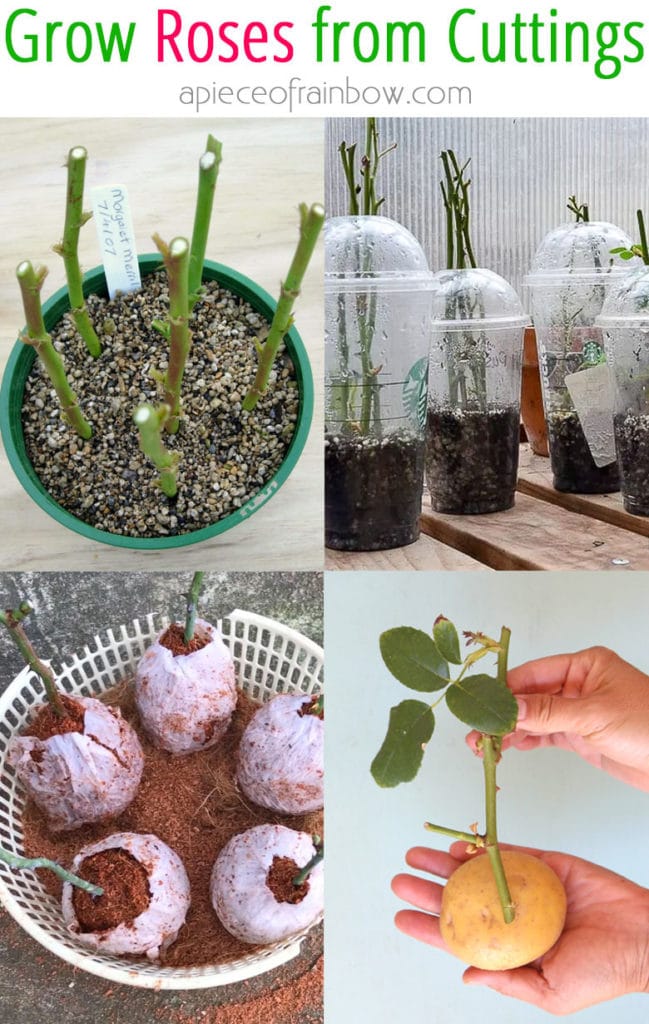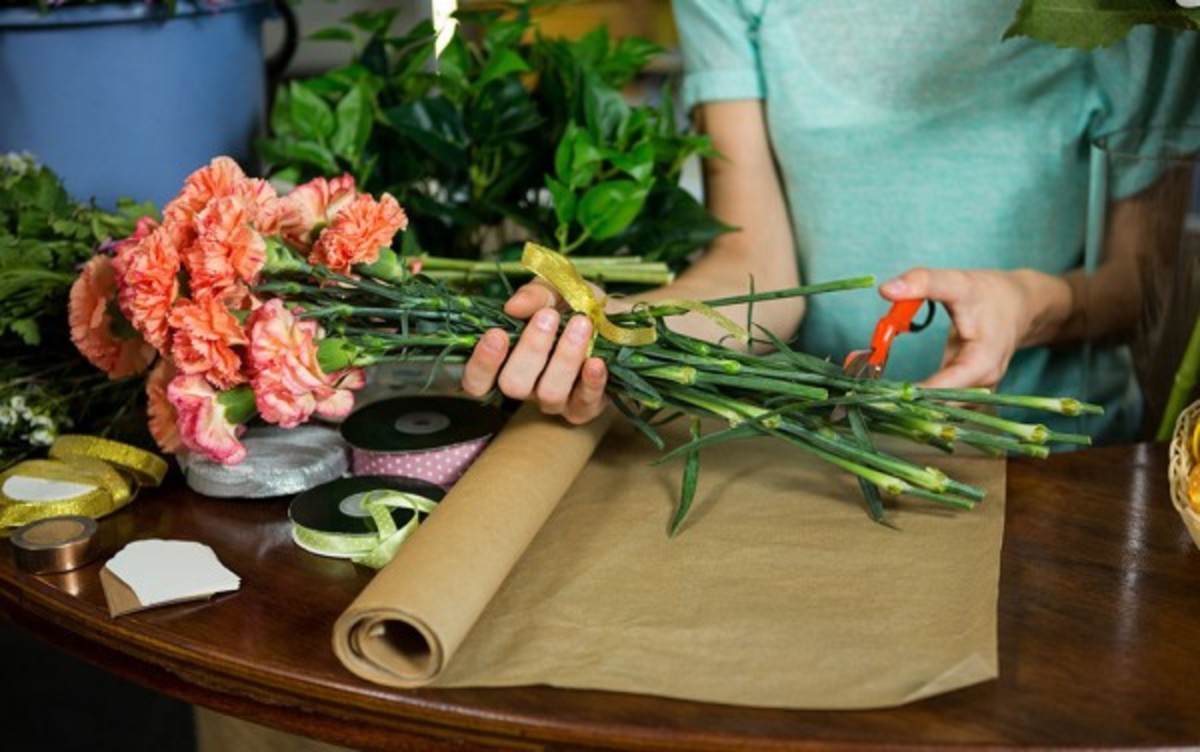Can Cut Flowers Be Saved: Understanding the Basics
For many, the idea of replanting cut flowers seems like a far-fetched concept. However, with the right knowledge and techniques, it is possible to revive and replant certain types of cut flowers. The key to success lies in understanding the type of flower, its growth habits, and the conditions required for replanting. Can cut flowers be replanted? The answer is yes, but it requires careful consideration and attention to detail.
One of the primary reasons why cut flowers are often discarded is the misconception that they cannot be replanted. However, many types of cut flowers, such as roses, carnations, and chrysanthemums, can be replanted with great success. By understanding the specific needs of each flower variety, individuals can increase their chances of successfully replanting cut flowers.
When it comes to replanting cut flowers, timing is everything. The sooner the flowers are replanted, the better their chances of survival. It is essential to choose healthy stems with no signs of wilting or damage. The stems should be cut at an angle, and the lower leaves removed to prevent the stem from sitting too deeply in the soil. By following these simple steps, individuals can set themselves up for success when replanting cut flowers.
Another crucial factor in replanting cut flowers is the environment in which they are placed. The soil, temperature, and humidity levels must be carefully controlled to mimic the natural conditions in which the flowers would normally grow. By providing the right environment, individuals can encourage the flowers to develop new roots and thrive.
While replanting cut flowers can be a rewarding experience, it is essential to have realistic expectations. Not all cut flowers can be replanted, and even those that can may not survive. However, with the right knowledge and techniques, individuals can increase their chances of success and enjoy the benefits of replanting cut flowers.
Choosing the Right Cut Flowers for Replanting
When it comes to replanting cut flowers, not all varieties are created equal. Some types of flowers are more suitable for replanting than others, and understanding which ones can thrive in a new environment is crucial for success. Can cut flowers be replanted? The answer lies in selecting the right type of flower.
Roses, carnations, and chrysanthemums are popular choices for replanting, as they have a high success rate and can adapt well to new environments. These flowers have a robust root system and can tolerate some level of stress, making them ideal candidates for replanting. Other types of flowers, such as orchids and gerbera daisies, can also be replanted, but may require more specialized care.
When selecting cut flowers for replanting, it’s essential to choose healthy stems with no signs of wilting or damage. Look for stems with a minimum of two nodes, as these will have a higher chance of developing new roots. Avoid stems with brown or yellow leaves, as these can be a sign of stress or disease.
In addition to choosing the right type of flower, it’s also important to consider the freshness of the cut flowers. Freshly cut flowers will have a higher success rate than older flowers, as they will have more energy and vitality. If possible, choose cut flowers that have been cut within the past 24 hours for the best results.
By selecting the right type of flower and choosing healthy, fresh stems, individuals can increase their chances of success when replanting cut flowers. Remember, not all cut flowers can be replanted, but with the right knowledge and techniques, many varieties can thrive in a new environment.
Preparing Cut Flowers for Replanting: A Step-by-Step Guide
Once you have selected the right type of cut flower for replanting, it’s essential to prepare the stems for replanting. This process requires attention to detail and a clean environment to ensure the best possible results. Can cut flowers be replanted? With the right preparation, the answer is yes.
Step 1: Trim the Stems – Using a sharp, sterile knife or pruning tool, trim the stems of the cut flowers at an angle. This helps to increase the surface area of the stem, allowing it to absorb more water and nutrients. Make sure to cut just above a node, as this is where the roots will develop.
Step 2: Remove Lower Leaves – Remove any leaves that will be below the soil line, as these can rot and cause the stem to become waterlogged. This also helps to prevent the spread of disease and encourages the stem to focus its energy on developing new roots.
Step 3: Dip in Rooting Hormone – Dip the cut end of the stem into a rooting hormone powder or liquid. This helps to stimulate root growth and increase the chances of successful replanting. Make sure to follow the instructions on the rooting hormone packaging for the correct dosage and application.
Step 4: Prepare the Soil – Fill a pot or container with a well-draining potting mix, and moisten the soil with water. Make sure the soil is not too wet or dry, as this can affect the chances of successful replanting.
By following these steps, you can increase the chances of successful replanting and give your cut flowers the best possible start in their new environment. Remember to handle the stems with care, as they can be delicate and easily damaged.
Rooting Cut Flowers: Techniques and Tips
Once the cut flowers have been prepared for replanting, it’s time to focus on rooting them. Can cut flowers be replanted? With the right techniques and conditions, the answer is yes. There are several methods for rooting cut flowers, each with its own advantages and disadvantages.
Water Rooting: This method involves placing the cut stems in a container of water, where they will develop roots over time. This method is ideal for flowers like roses and carnations, which have a high success rate with water rooting. Make sure to change the water regularly to prevent bacterial growth and maintain oxygen levels.
Soil Rooting: This method involves planting the cut stems directly into a pot or container filled with a well-draining potting mix. This method is ideal for flowers like chrysanthemums and gerbera daisies, which prefer a more solid rooting medium. Make sure the soil is moist but not waterlogged, as this can cause the stems to rot.
Propagation Tray: This method involves using a specialized tray designed for rooting cut flowers. These trays typically have a clear plastic lid and a built-in water reservoir, which helps to maintain humidity and promote root growth. This method is ideal for flowers like orchids and African violets, which require high humidity and precise temperature control.
Regardless of the method chosen, it’s essential to maintain the right temperature, humidity, and light conditions for optimal rooting. Most cut flowers prefer daytime temperatures between 65-75°F (18-24°C) and nighttime temperatures around 55-65°F (13-18°C). Maintain humidity levels between 50-70% and provide bright, indirect light.
By following these techniques and tips, you can increase the chances of successful rooting and give your cut flowers the best possible start in their new environment. Remember to monitor the plant’s progress and adjust care accordingly to ensure optimal growth and development.
Common Challenges and Solutions in Replanting Cut Flowers
While replanting cut flowers can be a rewarding experience, it’s not without its challenges. Can cut flowers be replanted? With the right knowledge and techniques, the answer is yes, but it’s essential to be aware of the potential challenges that may arise.
Root Rot: One of the most common challenges faced when replanting cut flowers is root rot. This can occur when the stems are not properly cleaned and prepared, or when the soil is too wet or dry. To prevent root rot, make sure to trim the stems at an angle, remove lower leaves, and dip the stems in rooting hormone. Also, ensure the soil is well-draining and maintain optimal moisture levels.
Fungal Infections: Fungal infections can also occur when replanting cut flowers, especially in humid environments. To prevent fungal infections, make sure to maintain good air circulation, water carefully, and avoid over-fertilizing. If you notice any signs of fungal infection, such as white powdery patches or black spots, treat the plant with a fungicide immediately.
Transplant Shock: Transplant shock is another common challenge faced when replanting cut flowers. This can occur when the plant is not properly acclimated to its new environment. To prevent transplant shock, make sure to gradually introduce the plant to its new environment, starting with a few hours a day and increasing the time over the course of several days.
Other Challenges: Other challenges that may arise when replanting cut flowers include pests, diseases, and nutrient deficiencies. To prevent these challenges, make sure to monitor the plant’s progress regularly, and take action immediately if you notice any signs of trouble.
By being aware of these common challenges and taking steps to prevent them, you can increase the chances of successful replanting and enjoy the benefits of replanting cut flowers.
Caring for Replanted Cut Flowers: Long-Term Maintenance
Once the cut flowers have been replanted, it’s essential to provide them with the right care to ensure they thrive in their new environment. Can cut flowers be replanted? With proper care, the answer is yes.
Watering: Watering is one of the most critical aspects of caring for replanted cut flowers. Make sure to water the plants thoroughly, but avoid overwatering, which can lead to root rot and other problems. Check the soil moisture by inserting your finger into the soil up to the first knuckle. If the soil feels dry, it’s time to water.
Fertilizing: Fertilizing is also essential for promoting healthy growth and development in replanted cut flowers. Use a balanced fertilizer that contains equal amounts of nitrogen, phosphorus, and potassium. Apply the fertilizer according to the manufacturer’s instructions, and avoid overfertilizing, which can damage the plants.
Pruning: Pruning is necessary to maintain the shape and promote healthy growth in replanted cut flowers. Remove any dead or damaged leaves or stems, and cut back the plants to encourage new growth. Prune the plants regularly to maintain their shape and promote healthy growth.
Pest Management: Pests can be a significant problem for replanted cut flowers, especially if they are not properly cared for. Check the plants regularly for signs of pests, such as aphids, whiteflies, and spider mites. Use organic or chemical pest control methods to eliminate any pests that you find.
Monitoring Progress: Monitoring the progress of the replanted cut flowers is essential to ensure they are receiving the right care. Check the plants regularly for signs of stress, disease, or pests, and adjust their care accordingly. By monitoring the plants’ progress, you can identify any problems early and take action to prevent them from becoming more serious.
By following these tips, you can provide your replanted cut flowers with the care they need to thrive in their new environment. Remember to be patient and adjust their care accordingly as they grow and develop.
Success Stories and Creative Ideas for Replanted Cut Flowers
Replanting cut flowers can be a rewarding experience, and many people have successfully replanted their favorite flowers. Can cut flowers be replanted? With the right techniques and care, the answer is yes.
One inspiring story of successful replanting is that of a florist who replanted a bouquet of roses that had been discarded after a wedding. With proper care and attention, the roses thrived and were later used in a beautiful arrangement for a charity event.
Another creative idea for using replanted cut flowers is to create a stunning garden design. By replanting a variety of cut flowers, such as carnations, chrysanthemums, and baby’s breath, you can create a beautiful and unique garden that will attract attention and admiration.
Replanted cut flowers can also be used in beautiful arrangements and bouquets. For example, you can create a stunning centerpiece for a dinner party by combining replanted roses, carnations, and eucalyptus. Or, you can create a beautiful bouquet for a special occasion by combining replanted flowers with fresh greenery and foliage.
In addition to their aesthetic value, replanted cut flowers can also be used to promote sustainability and reduce waste. By replanting cut flowers, you can reduce the amount of waste generated by the floral industry and help to promote a more sustainable future.
Overall, replanting cut flowers can be a fun and rewarding experience that offers many creative possibilities. Whether you’re looking to create a beautiful garden design, a stunning arrangement, or a unique bouquet, replanted cut flowers can be a great option.
Conclusion: Reviving Cut Flowers for a Sustainable Future
In conclusion, replanting cut flowers is a viable option for reducing waste and promoting sustainability in the floral industry. Can cut flowers be replanted? With the right techniques and care, the answer is yes.
By understanding the basics of replanting cut flowers, choosing the right flowers, preparing them for replanting, and providing proper care, individuals can successfully revive and replant their favorite flowers. This not only reduces waste but also conserves resources and promotes sustainability in the floral industry.
Replanting cut flowers also offers a range of creative possibilities, from creating beautiful arrangements and bouquets to designing stunning garden displays. By sharing inspiring stories of successful replanting and showcasing creative ideas, individuals can inspire others to try their hand at replanting cut flowers.
As the world becomes increasingly aware of the importance of sustainability and reducing waste, replanting cut flowers is an innovative and creative solution that can make a real difference. By adopting this practice, individuals can contribute to a more sustainable future and enjoy the beauty and benefits of fresh flowers for years to come.
In summary, replanting cut flowers is a simple yet effective way to reduce waste, conserve resources, and promote sustainability in the floral industry. With the right techniques and care, anyone can successfully revive and replant their favorite flowers, making it a fun and rewarding experience for all.





:max_bytes(150000):strip_icc()/Carnation-GettyImages-746096929-59d4fb41845b340011a894c1.jpg)
